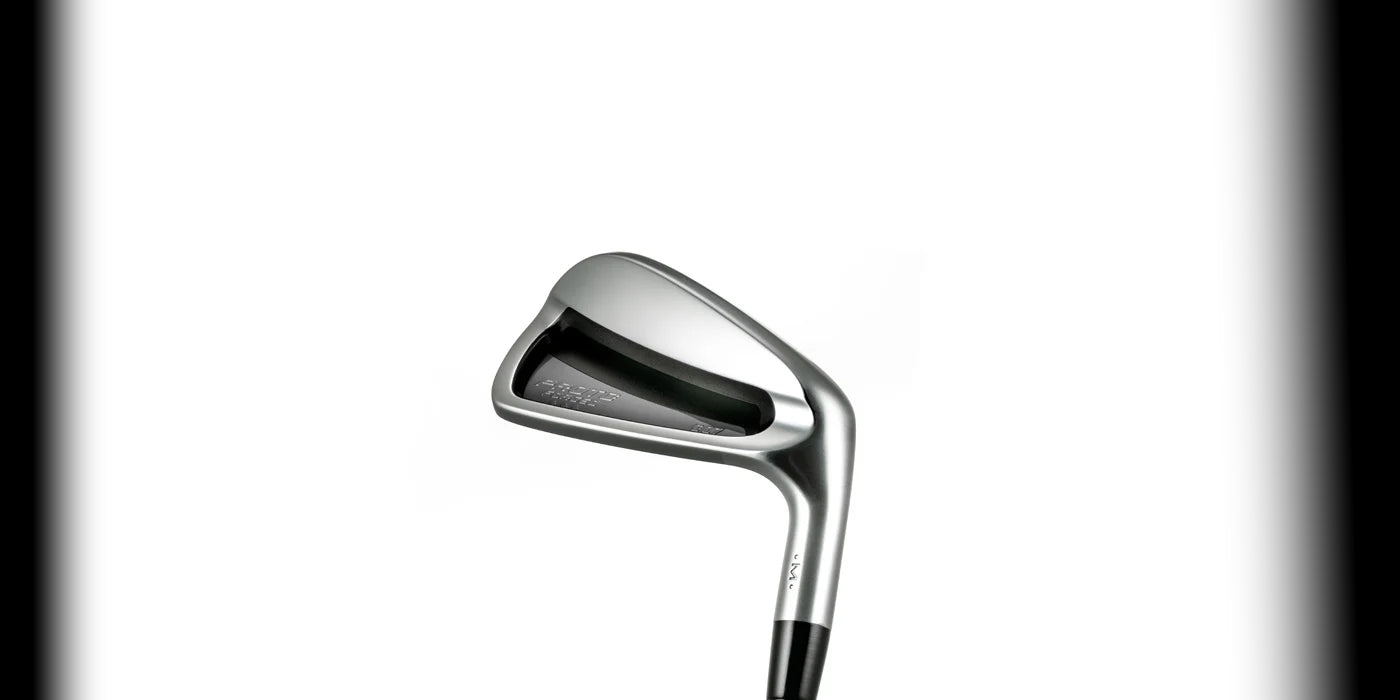
The important "face" function of clubs

The important “face” function of clubs
The performance of irons may be what has really changed considerably in the last few years. In addition to the strong lofts that can be regarded as extreme and complex structures represented by hollow body irons, high-density tungsten, soft resin materials, and thin clubfaces with remarkable toughness and high resilience, many technologies have been adopted to engineer completely different types of clubs as opposed to the single-material, normal-loft irons of the past.
These new technologies have certainly played a major role in improving the performance of clubs. Many golfers have likely benefited from them. Meanwhile, there is a feature of the club that is not talked about as much as it once was. That is the head shape, known as the “face” of the club.
At the time when most irons were made of soft iron or other single material and even cavity backs were not as mainstream, golfers were very particular about the "face" of their irons. Manufacturers competed for the best figure given the face was a delicate area where a single hair’s difference could change the impression of the iron's appearance.
Some golfers nowadays may think that shape does not matter much in terms of performance. Indeed, the physical impact of having dozens of grams of weight designed into the sole is much greater than a difference of a single hair line. However, what is truly important about the "face” is that it affects the impressions and visualizations for the golfer when addressing.

If you have the opportunity, try addressing with a variety of irons with different shapes. When looked at closely, you will naturally get the impression that an iron appears easy to hit, or another looks like the ball would go left. Advanced golfers may get an idea of an iron's trajectory or whether it can easily hit a draw.
Being able to visualize is very important in golf. A club that gives you the impression that you can make a good shot when addressing, or can easily visualize the path of the ball, for example, will bring much better results. In that sense, it can be said the figure’s appearance is one of the most important performance elements.

While physical performances of clubs from PROTOCONCEPT are remarkable, it also places much priority on the chemistry with golfers' sensibilities. Our goal was to create a clubhead with defined figure emitting elegance, and possesses great balance that allows golfers to visualize various trajectories when addressing. A club is a tool with an interesting shape combining straight and curved lines, but shaping it with good balance will craft an interesting form of beauty.
And that is the kind of beauty we sought for. I would say it is functional beauty created through pursuing performance. The simple design combined with the traditional irons and our know-how has resulted in a beautiful figure capable of delivering performance. A beautiful trajectory tracing the image anticipated when addressing is the kind of joy PROTOCONCEPT wants golfers to experience.
PROTOCONCEPT Brand Producer
Yasufumi Kawasaki




